
Repairing a suspension knuckle on a Chrysler Town & Country or Dodge Caravan/Voyager involves several steps, tools, and components. click here for more details on the download manual…..
- TOWN & COUNTRY CARAVAN NO BUS DIAGNOSTIC Customer brought in a 2014 Chrysler Town and Country minivan. The vehicle runs and drives fine, but many of the accessories …
- Chrysler Town & Country 2009 3.8L V6 ticking noise
The suspension knuckle, also known as the steering knuckle, supports the wheel and connects the suspension components to the wheel hub. Here’s a detailed guide on how to perform this repair:
### Tools and Equipment Needed
1. **Tools:**
– Jack and jack stands
– Lug wrench
– Ratchet and socket set (including deep sockets)
– Torque wrench
– Pliers
– Hammer or mallet
– Ball joint separator or pickle fork
– Screwdrivers
– Pry bar
– Torque specs for the vehicle
2. **Replacement Parts:**
– New suspension knuckle (if damaged)
– New wheel bearing (if necessary)
– New ball joints (if required)
– New tie rod end (if required)
– New hardware (such as nuts, bolts, or washers)
3. **Safety Equipment:**
– Safety glasses
– Gloves
– Work gloves
### Procedure
#### Step 1: Preparation and Safety
1. **Park the Vehicle**: Ensure the vehicle is on a flat, level surface.
2. **Engage the Parking Brake**: This prevents the vehicle from rolling.
3. **Gather Tools**: Assemble all necessary tools and replacement parts.
#### Step 2: Raise the Vehicle
1. **Loosen Lug Nuts**: Before lifting, use a lug wrench to loosen the lug nuts on the wheel where the knuckle is being repaired. Do not remove them yet.
2. **Lift the Vehicle**: Use a jack to lift the vehicle at the designated lift points.
3. **Secure with Jack Stands**: Place jack stands under the vehicle for safety.
4. **Remove Wheel**: Finish removing the lug nuts and take off the wheel.
#### Step 3: Remove the Old Suspension Knuckle
1. **Disconnect Brake Line**: If necessary, unbolt the brake line from the knuckle and secure it to avoid stress on the line.
2. **Remove the Brake Caliper**:
– Use a ratchet to unbolt the caliper from its bracket.
– Support the caliper with a bungee cord or wire to avoid hanging it by the brake line.
3. **Remove the Brake Rotor**: If it doesn’t come off easily, gently tap it with a hammer.
4. **Disconnect the Tie Rod End**:
– Remove the cotter pin from the tie rod end and use a ball joint separator to disconnect it from the knuckle.
5. **Remove the Lower Ball Joint**:
– If necessary, remove the lower ball joint by unbolting it from the knuckle. Use a ball joint separator if it is stuck.
6. **Remove the Upper Ball Joint**:
– If applicable, repeat the procedure for the upper ball joint.
7. **Disconnect the Axle Shaft**: If the knuckle is connected to the axle, remove the axle nut and pull the axle out of the knuckle.
8. **Remove the Knuckle**:
– Unbolt the suspension knuckle from the strut assembly. There may be two or three bolts holding it in place.
– Carefully remove the knuckle from the vehicle.
#### Step 4: Install the New Suspension Knuckle
1. **Prepare the New Knuckle**:
– If necessary, install new bearings into the new knuckle.
2. **Install the New Knuckle**:
– Position the new knuckle in place and bolt it to the strut assembly. Ensure all bolts are tightened to the manufacturer’s torque specifications.
3. **Reconnect the Axle Shaft**: If applicable, Insert the axle into the knuckle and secure it with the axle nut.
4. **Install the Upper Ball Joint**:
– If applicable, Insert the upper ball joint into the knuckle and secure it.
5. **Install the Lower Ball Joint**:
– Repeat for the lower ball joint.
6. **Reconnect the Tie Rod End**: Secure it back into the knuckle and install a new cotter pin.
and install a new cotter pin.
7. **Reinstall the Brake Rotor**: Slide the rotor back onto the hub.
8. **Reinstall the Brake Caliper**: Position it back onto the brake rotor and tighten the bolts securely.
9. **Reconnect the Brake Line**: If you disconnected it earlier, reattach it now.
#### Step 5: Reassemble and Finalize
1. **Reinstall the Wheel**: Place the wheel back onto the hub, hand-tightening the lug nuts.
2. **Lower the Vehicle**: Remove the jack stands and carefully lower the vehicle back to the ground.
3. **Torque the Lug Nuts**: Once the vehicle is back on the ground, use a torque wrench to tighten the lug nuts to the manufacturer’s specifications.
4. **Check for Proper Function**: Before driving, ensure that all components are correctly installed and functioning.
#### Step 6: Test Drive and Inspection
1. **Test Drive**: Take the vehicle for a short test drive to ensure everything is functioning correctly.
2. **Inspect for Noise or Vibration**: Listen for any unusual sounds or vibrations, which could indicate a problem.
### Conclusion
Repairing the suspension knuckle on a Chrysler Town & Country or Dodge Caravan/Voyager is a complex task that requires careful attention to detail, proper tools, and safety precautions. If you are not confident in your ability to perform this repair, it is advisable to consult a professional mechanic. Always refer to the service manual for your specific vehicle for torque specifications and detailed procedures.
The blower motor is a crucial component of a vehicle’s heating, ventilation, and air conditioning (HVAC) system. Its primary function is to circulate air throughout the cabin, ensuring a comfortable environment for passengers regardless of external weather conditions. The blower motor works by drawing air from outside or recirculating air from inside the vehicle and pushing it through the heating or cooling system, depending on the desired temperature setting.
Typically located within the dashboard or under the hood, the blower motor is an electric fan that operates at varying speeds, controlled by the vehicle’s HVAC controls. When the driver or passengers adjust the temperature settings, the blower motor responds by increasing or decreasing its speed, allowing for customized airflow. This component is also responsible for directing air through the vents, defrosters, and other outlets, enhancing visibility during inclement weather by preventing fogging on the windshield.
Over time, blower motors can experience wear and tear, leading to issues such as reduced airflow, unusual noises, or complete failure. regular maintenance and timely replacement of a malfunctioning blower motor are essential to ensure the HVAC system operates efficiently and effectively. Overall, the blower motor plays a vital role in enhancing passenger comfort and vehicle safety by maintaining optimal air quality and temperature inside the car.
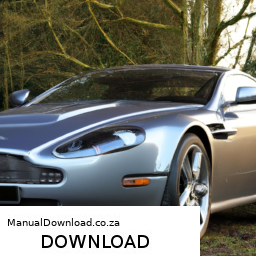
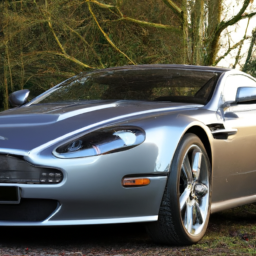 and secure it with the appropriate bolts.
and secure it with the appropriate bolts.
 and any associated rubber bushings.
and any associated rubber bushings.
 and Panels**:
and Panels**: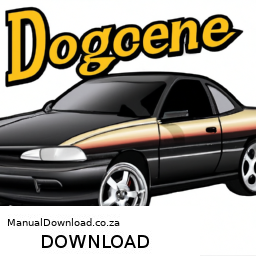
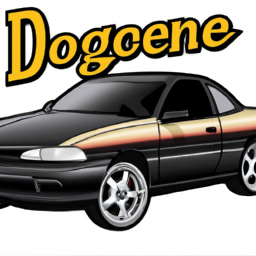 and maintaining the cooling
and maintaining the cooling 
 and fuel injectors.
and fuel injectors.
 and let it run for a minute. Check around the drain and fill plugs for any signs of leaks.
and let it run for a minute. Check around the drain and fill plugs for any signs of leaks.
 and bolts are torqued to specifications.
and bolts are torqued to specifications.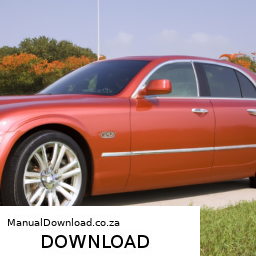
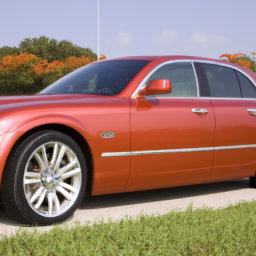 and then retighten the bolts.
and then retighten the bolts.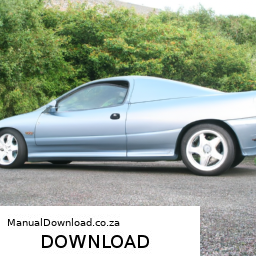
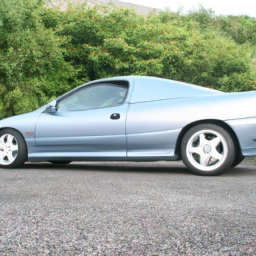 and gloves.
and gloves.